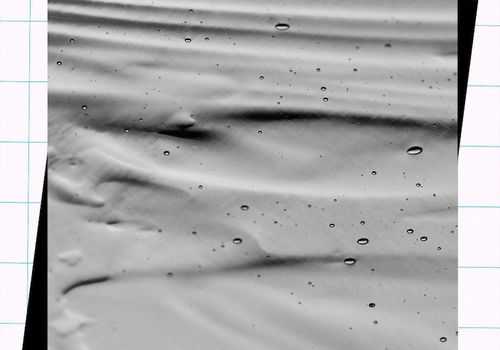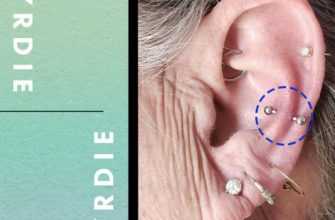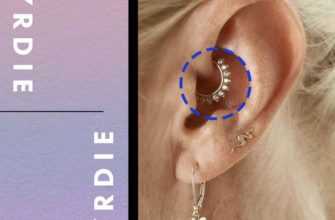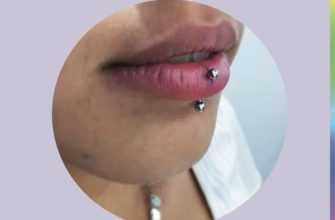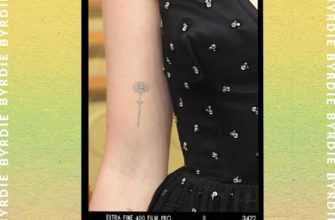What Is Tattoo Removal Cream? How Does It Claim to Work? Efficacy and Safety Safe Tattoo Removal Options The Takeaway. If you’re second guessing one of your tattoos, you’re definitely not alone. It happens to the best of us (myself included). But, before you go reaching for a gimmicky tattoo removal cream for a little DIY removal, you might want to brush up on what they are, how they work, and why you might just want to approach tattoo removal in a different way. Ahead, dermatologists share everything you need to know about using tattoo removal cream.
What Is Tattoo Removal Cream?
As the name implies, tattoo removal cream is a cream that claims to diminish the appearance of permanent ink. “They claim to remove tattoos by bleaching or peeling away the top layer of your skin and allowing for the release of tattoo pigment,” explains Gmyrek. As you can imagine, any product that functions by “bleaching” or “peeling away” the skin has some extremely serious side effects, especially for dark skin tones. So be sure to thoroughly read about the risks below.
How Does It Claim to Work?
Whether it’s made with glycolic acid or other peeling agents like trichloroacetic acid (TCA), tattoo removal creams “work” by sloughing away the top-most layers of skin. The problem is—as Murphy-Rose points out —that, at strong concentrations, TCA can penetrate to the upper level of the dermis but the strength is dangerous to be used at home and without experienced supervision.
Gmyrek tacks on to this noting that, while, yes, TCA is FDA-approved for in-office use by medical professionals, reaching for it at home could be asking for trouble.
“TCA use in these creams is not regulated,” she says, noting that not a single tattoo removal cream on the market has been approved by the FDA.
Efficacy and Safety
We know it’s a disappointing answer, but point blank, at-home tattoo removal creams aren’t effective, nor are they safe. As you might have guessed by now, tattoo removal creams are more of a misnomer than anything else. While the creams themselves tout highly-effective formulas, Drummond says that the reality is, permanent ink is more likely to get lightened than adequately removed. Since it’s nearly impossible to only apply the cream exactly where you have ink on skin, you definitely run the risk of lightening surrounding skin as well, which makes tattoo removal cream particularly dangerous for deep skin tones.
“These creams only penetrate the top layer of the skin, called the epidermis, but the tattoo ink is injected into the deeper layer of your skin called the dermis,” Gmyrek explains. Because of that, she says that tattoo removal creams, which only reach the epidermis, are ineffective at removing the tattoo ink. “In addition, depending on how much tattoo ink you have in the epidermis, if some of the ink is partially removed, the cream can cause distortion or discoloration of the tattoo without actually removing it,” she adds.
Beyond their general ineffectiveness, Gmyrek says that, since these creams work to speed up exfoliation and slough off deeper than typical face and body exfoliants, they can actually be harmful to the skin. “Allergic reactions, skin peeling, acid burns, and even scarring can occur,” she warns. “These are serious skin reactions that result in permanent skin or tissue damage.”
Safer Tattoo Removal Options
Just because tattoo removal cream is unlikely to work doesn’t mean that there aren’t other, much safer options out there. Find out what they are, below.
Q-switched or Picosecond Lasers
Gmyrek says that laser tattoo removal is by far the most effective way to remove a tattoo. “These lasers apply a pulse of concentrated heat that breaks up the ink in the skin into smaller particles that are then cleared from the skin by cells in your body called macrophages,” she explains. The overall process can be quite painful—sometimes more than actually getting the tattoo—and numbing is required. That said, according to Gmyrek you have to break up the treatment—you can safely have a session every four weeks, but results of a single treatment often take eight to 12—which helps make it more manageable.
As far as the duration and number of treatments required, it all depends on the size and location of your tattoo. “On average, a single session can cost $200 to $500,” Gmyrek says. “Laser surgery may take several sessions to completely remove the tattoo, so a full treatment may cost anywhere from $1,000 to over $10,000.” In general, she says that darker skin needs more treatments and can experience more extreme hypo or hyper pigmentation after removal.
And, to be fully transparent, because of the heat involved, Gmyrek says that your skin might swell, blister, or bleed from the treatment.
True Laser
According to Frank, True Lasers, which are rated as a Class IV by the FDA, can effectively lighten tattoos over time. “True Laser removal of tattoos can range from five to 15 treatments at monthly intervals, depending on color and quality of tattoo and skin type,” he explains. “The darker the skin, the more difficult the removal. Unfortunately even with the best of new technologies it is difficult to remove all tattoos 100 percent without any evidence.”
Lumenis PiQo4
This is one of Nurse Jamie’s go-to lasers for tattoo removal. “Imagine if Star Trek and The Avengers had a baby and named it PiQo4—I am using it on celebrity clients (like Sarah Hyland) to remove ink,” she shares. “The PiQo4 is an effective method of laser tattoo removal with no downtime and is competitive with other tattoo removal lasers in terms of cost and treatment time.”
Dermabrasion
First things first, let’s clear one thing up: Dermabrasion is different from microdermabrasion. “It is done using a tool that’s similar to a rotary sander which can penetrate the skin very deeply,” Gmyrek says, noting that microdermabrasion, on the other hand, uses fine crystals and suction to slough off the top layer of skin and could never reach deep enough to remove tattoo ink.
Now that that’s clear, let’s chat about dermabrasion. After the tattooed skin is numbed with an injection of local anesthesia, Gmyrek says that your doctor (because this type of procedure should always be done by a professional) will use a circle-shaped abrasive brush to scrape off tattooed skin. “A small tattoo may be removed for less than $100, but a larger tattoo may range from $1,000 to $5,000,” she says, noting that multiple treatments are often needed and will depend on the location, size, and depth of the tattoo.
“After treatment, the skin will be raw for over a week and it is very important that proper care is taken to avoid infection and scarring while healing takes place,” she adds. What’s more, she admits that it is generally not as effective as laser tattoo removal and has a higher risk of leaving scars or a change in skin texture. “It would not be my first choice for tattoo removal,” she concludes.
Chemical Peels
Chemical peels made with TCA (the ingredient found in many tattoo removal creams) can be performed in a doctor’s office. “A TCA peel may contain a higher concentration of acid than a cream would and is therefore capable of reaching deeper into the skin,” Murphy-Rose says, noting that many treatments are required, but it varies based on the tattoo. What’s more, she says that post-procedure care—think: keeping the area clean and covered with ointment and using strict sun protection—is necessary for a week following treatment. “A TCA peel can cause some mild burning, tingling and discomfort but does not typically necessitate an anesthetic,” she admits.
Surgical Excision
Last but not least, tattoos can be surgically excised. “While this is the only one and done treatment option (leaving little doubt to how many treatments, how long it will take, and how much it will cost you), it should be reserved only for small tattoos, if at all, because it leaves a surgical scar,” Murphy-Rose says.
The Takeaway
Just like your parents probably told you repeatedly as a teenager: Tattoos are permanent. As such, they can be super difficult to remove if you decide you’d be better off without them down the road. That said, there are methods of fading and removing tattoos, but tattoo removal creams aren’t one of them. They’re not only ineffective, but also dangerous—and their lightening effects pose distinct risks for deep skin tones. Instead, if you want to get rid of your ink, your best bet is to visit your dermatologist for a consultation on how best to move forward based on your specific tattoo.

